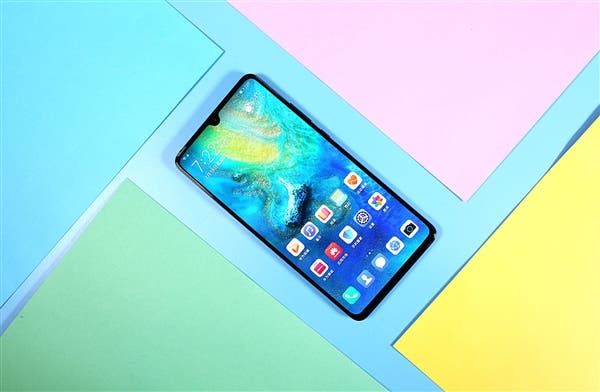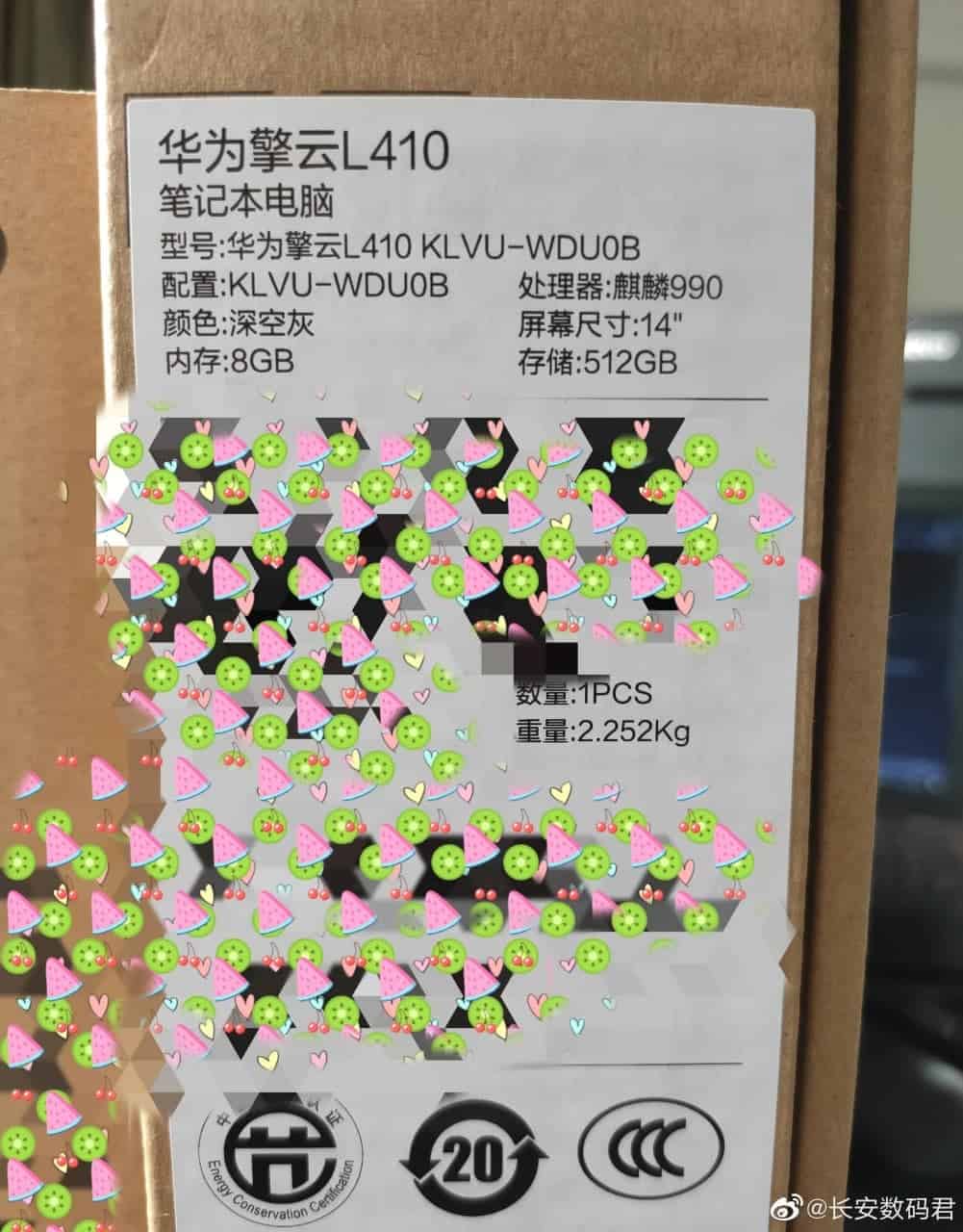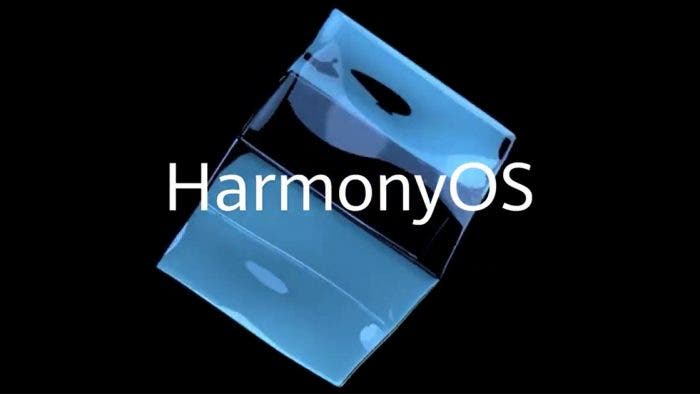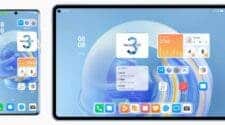Huawei may well share its proprietary replacement for Android OS, the HarmonyOS 2.0 operating system, with other smartphone manufacturers.
The director of Huawei Consumer Business Group, Yu ChengDong, better known in the world as Richard Yu, spoke about this.
Huawei could help the Chinese smartphone manufacturers use the HarmonyOS operating system and services that have already performed well as a replacement for GMS.
The top manager made this announcement in case Chinese manufacturers are unable to obtain a license to use the Google Mobile Service (GMS) and Google Play Store on their smartphones.
The company is already testing HarmonyOS 2.0 on smartphones with selected developers and partners.

Huawei is preparing a laptop based on Kirin 990 and running Deepin OS 20
Huawei will release a new laptop called Huawei Qingyun L410, equipped with a Kirin SoC, early next year, sources say.
Now, photos of the packaging of this laptop have appeared on the network, which confirms the key characteristics of the device. The laptop will be based on the Kirin 990 SoC, it will receive a 14-inch 2K screen, 8 GB of RAM and 512 GB of memory, presumably on a solid state drive.
The Huawei Qingyun L410 laptop runs Deepin OS 20, considered by some to be the most beautiful Linux distribution. The device should have support for fifth-generation mobile networks thanks to the Kirin 990 SoC. The source adds that in the future, the laptop may be updated to the Harmony OS operating system.
Gizchina News of the week
Initially, the laptop should appear in the Chinese market, and then, perhaps, reach users in other countries of the world.

HARMONY OS 2.0 MOBILE DEVELOPER BETA MAIN FEATURES
- Brand new mobile phone UI controls, adding 50+ UI controls for developers to develop mobile HarmonyOS applications. It also unifies the UI interaction experience of multiple devices.
- The HarmonyOS application framework supports mobile phones and rapid migration. It also supports swift connection and circulation. There is a no-installation loading of HarmonyOS applications on multiple devices.
- Provides Windows and Mac platform development and compilation toolchain experience. This is also convenient for developers to quickly develop HarmonyOS applications.
- Provides 40+ Sample Codes for mobile developers. This is convenient for developers to quickly understand and adapt to HarmonyOS interfaces and development methods.
- Distributed capability interfaces such as multi-modal perception support multiple usage scenarios.
- Also offers a standard input method framework and capabilities
- Provide standardized telephone system interface capabilities.
- Also uses a barrier-free development framework
- Provides standardized distributed data management capabilities. Developers can also call standardized distributed DB interfaces to realize real-time data synchronization between devices.
- Enhance the account system capabilities. It also includes accountless devices into the HarmonyOS system.





